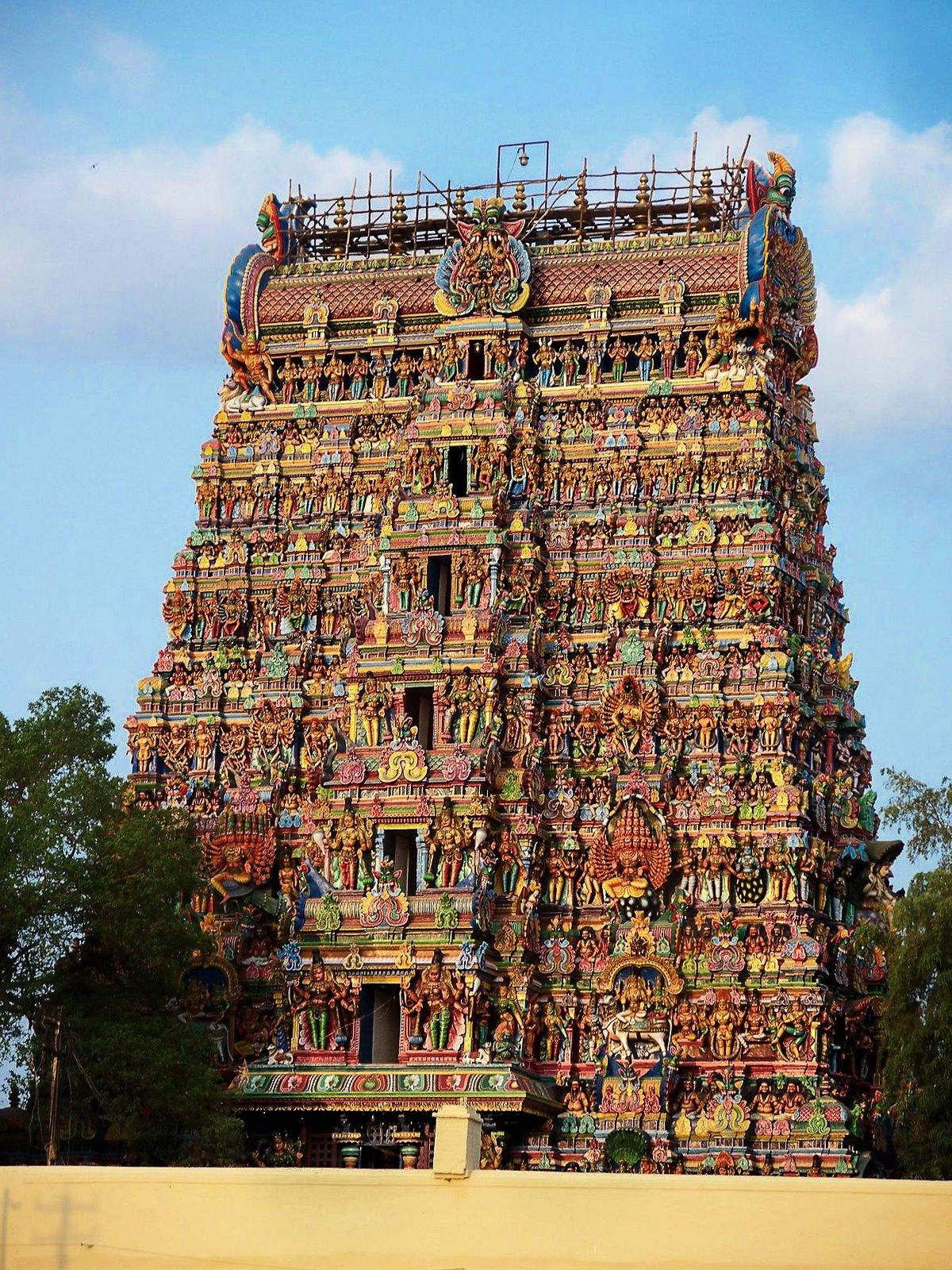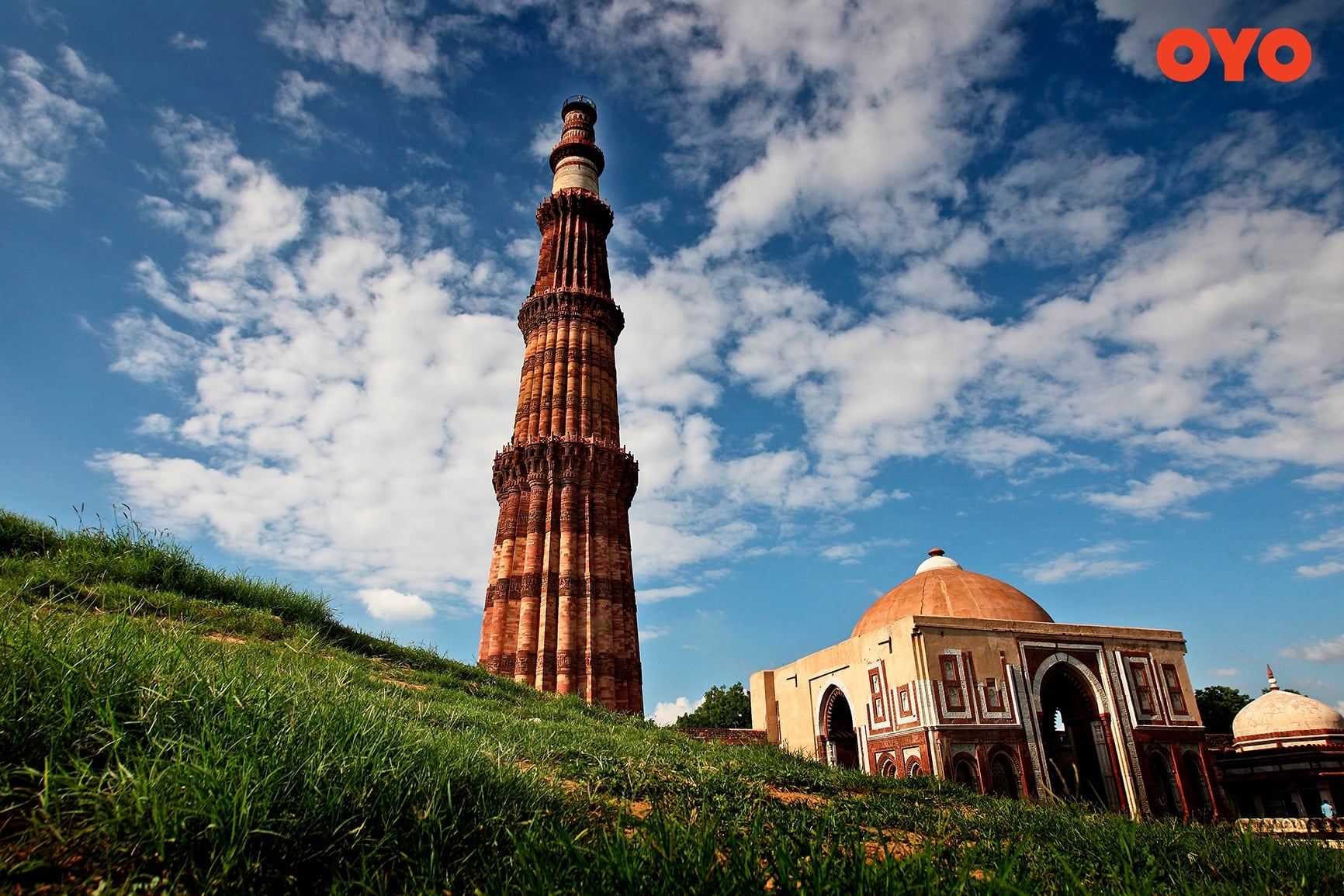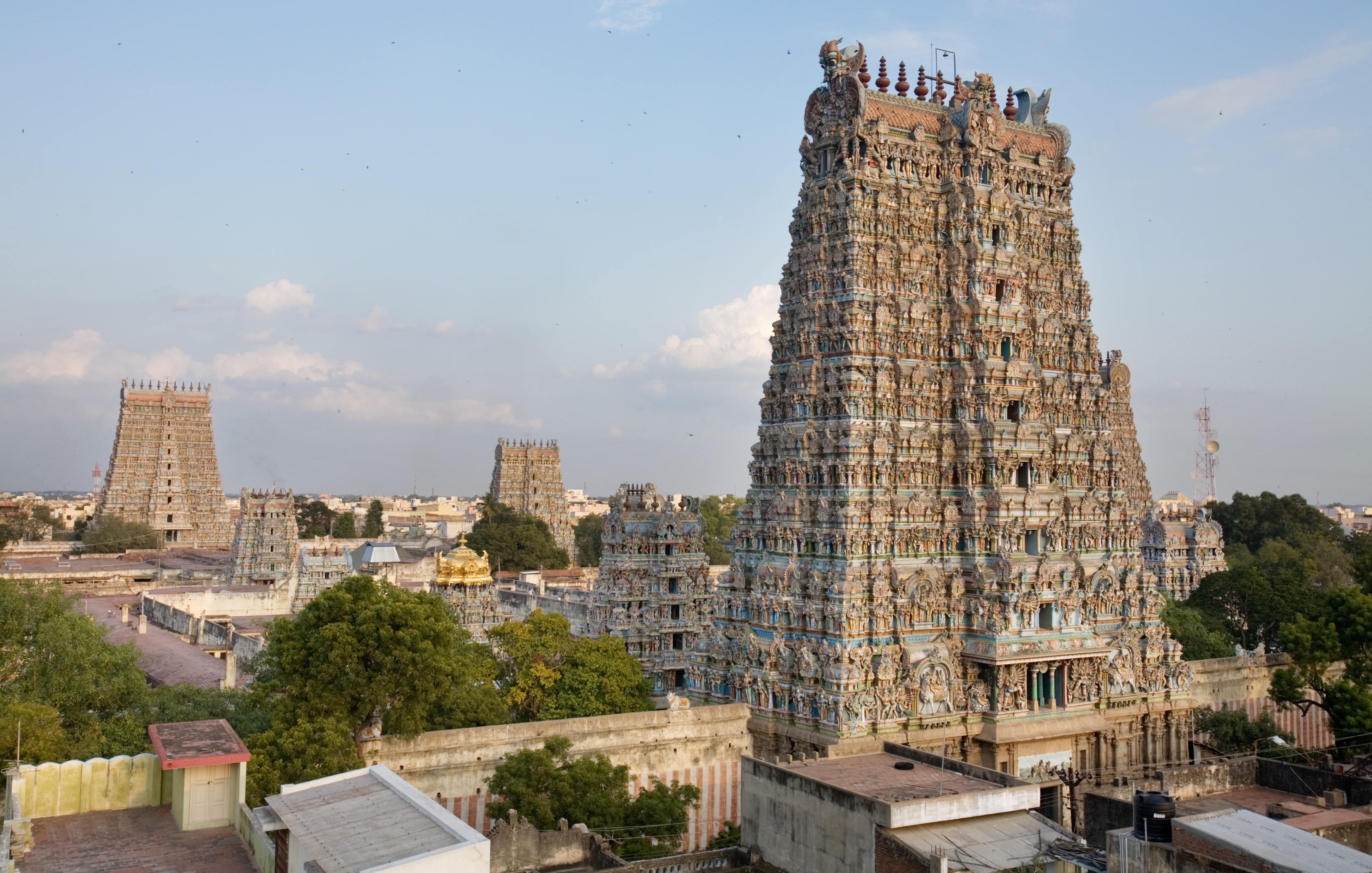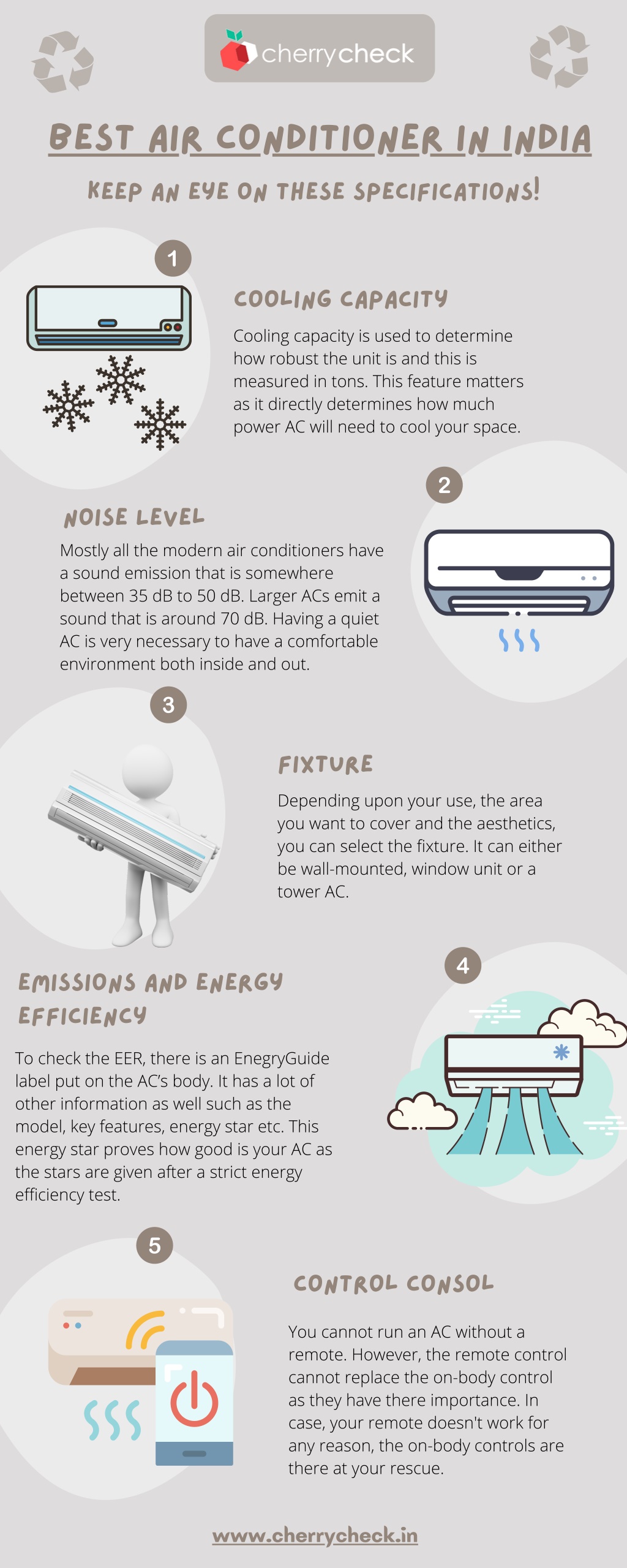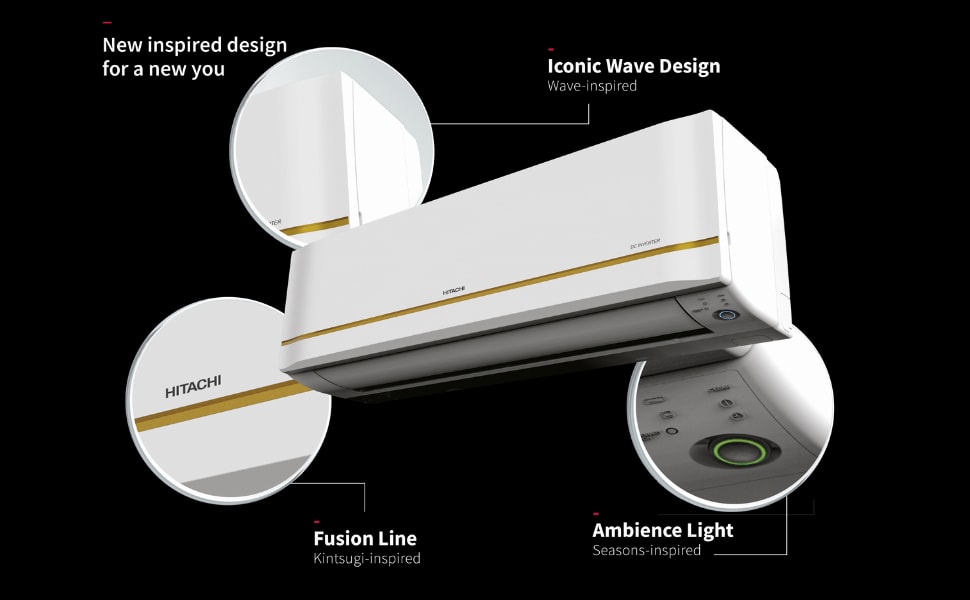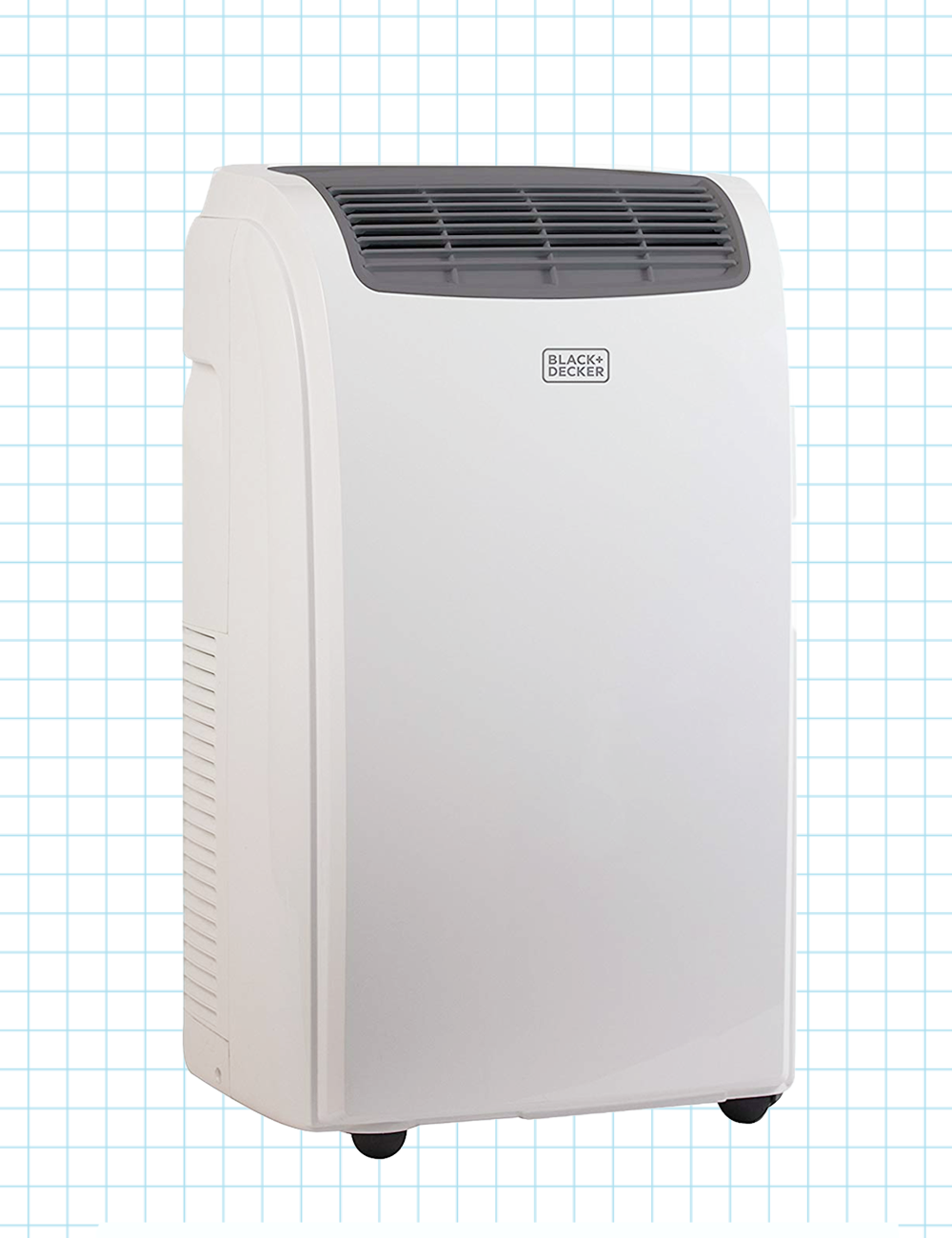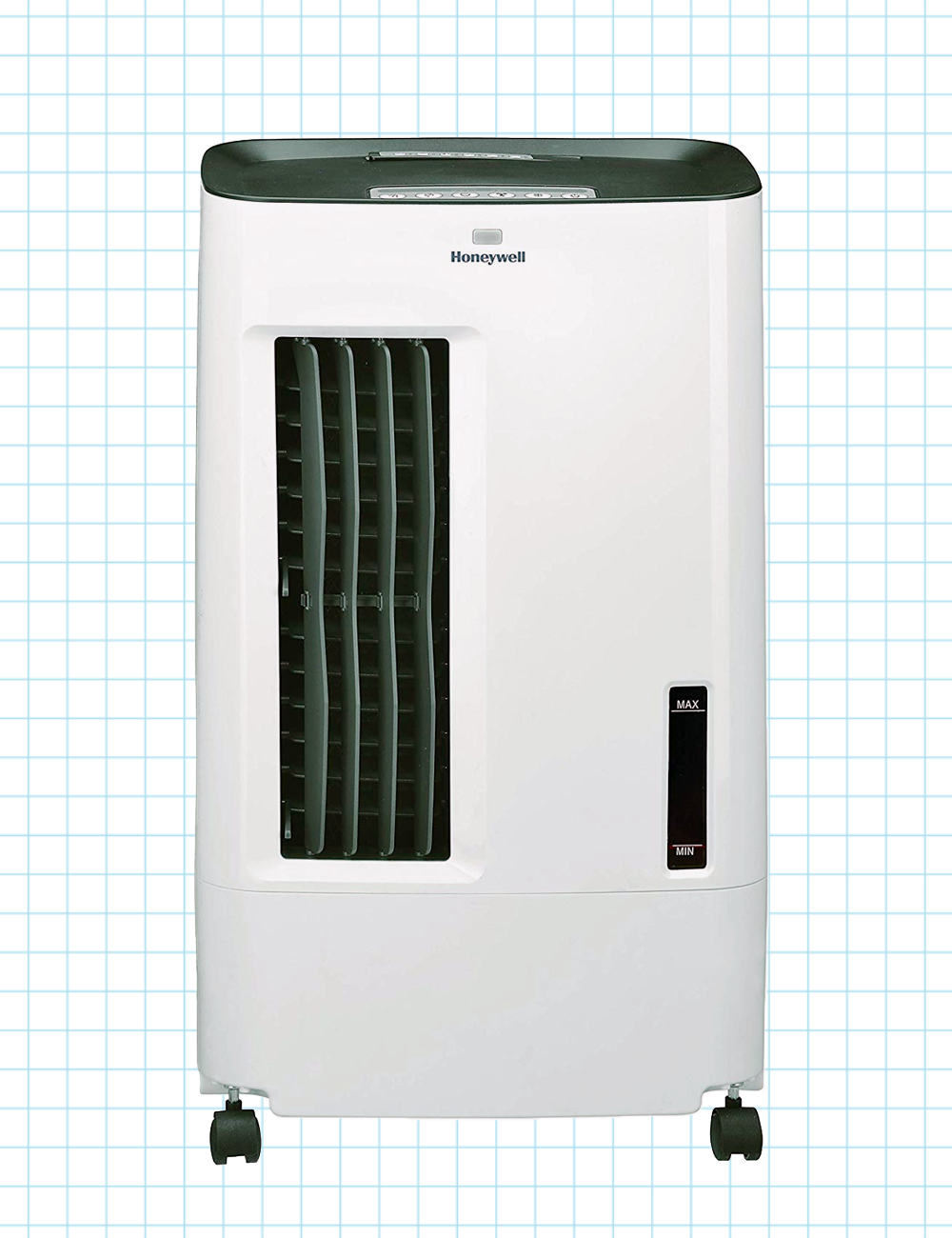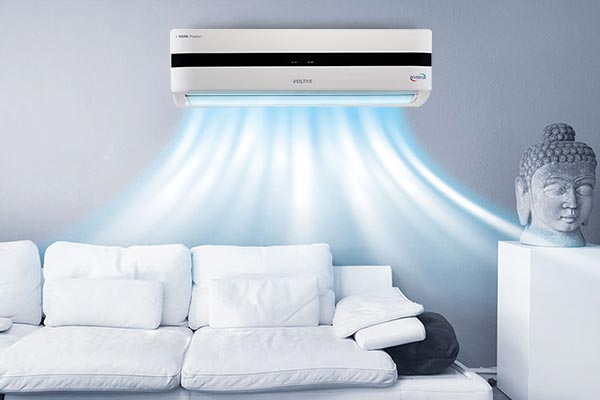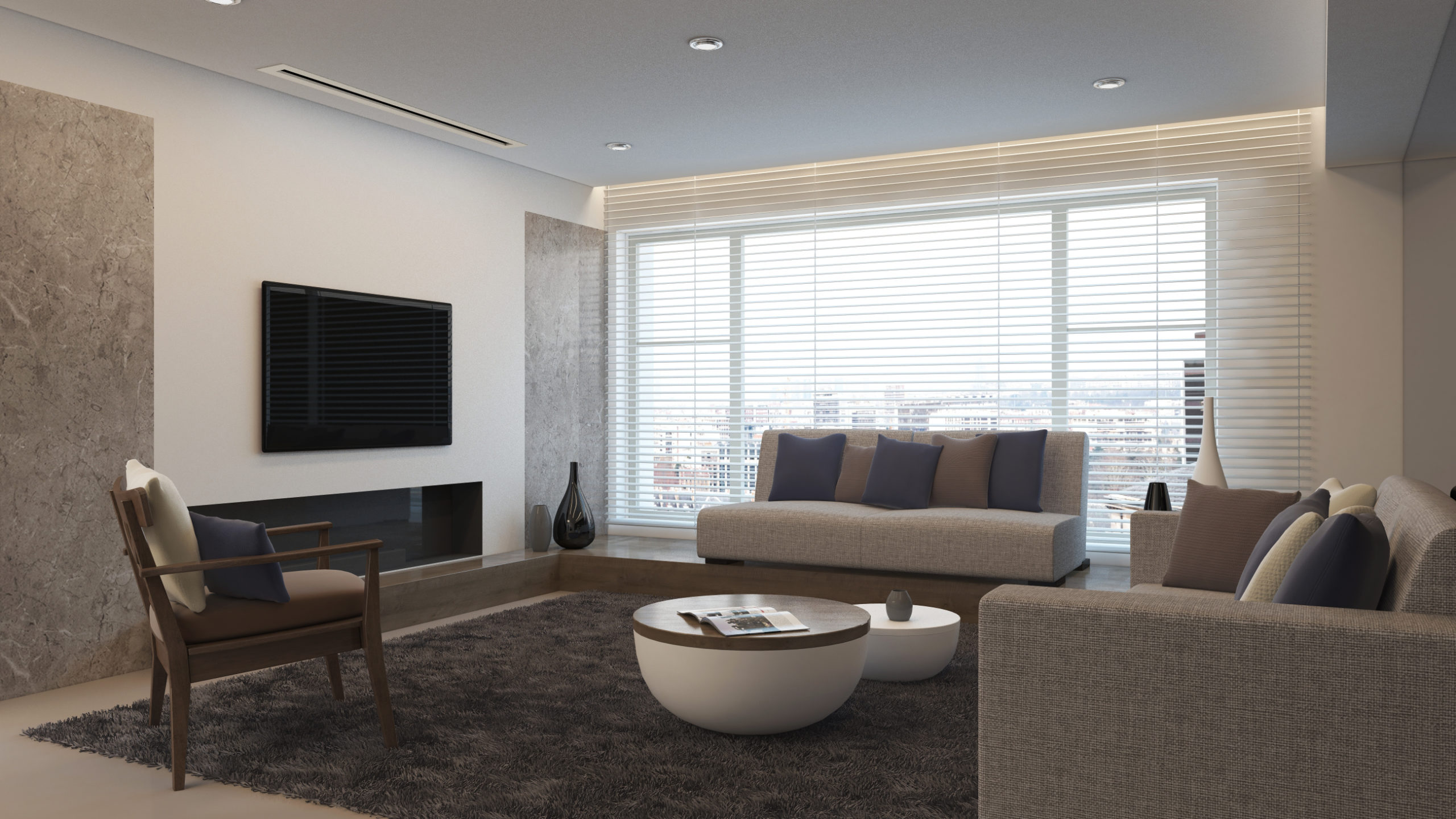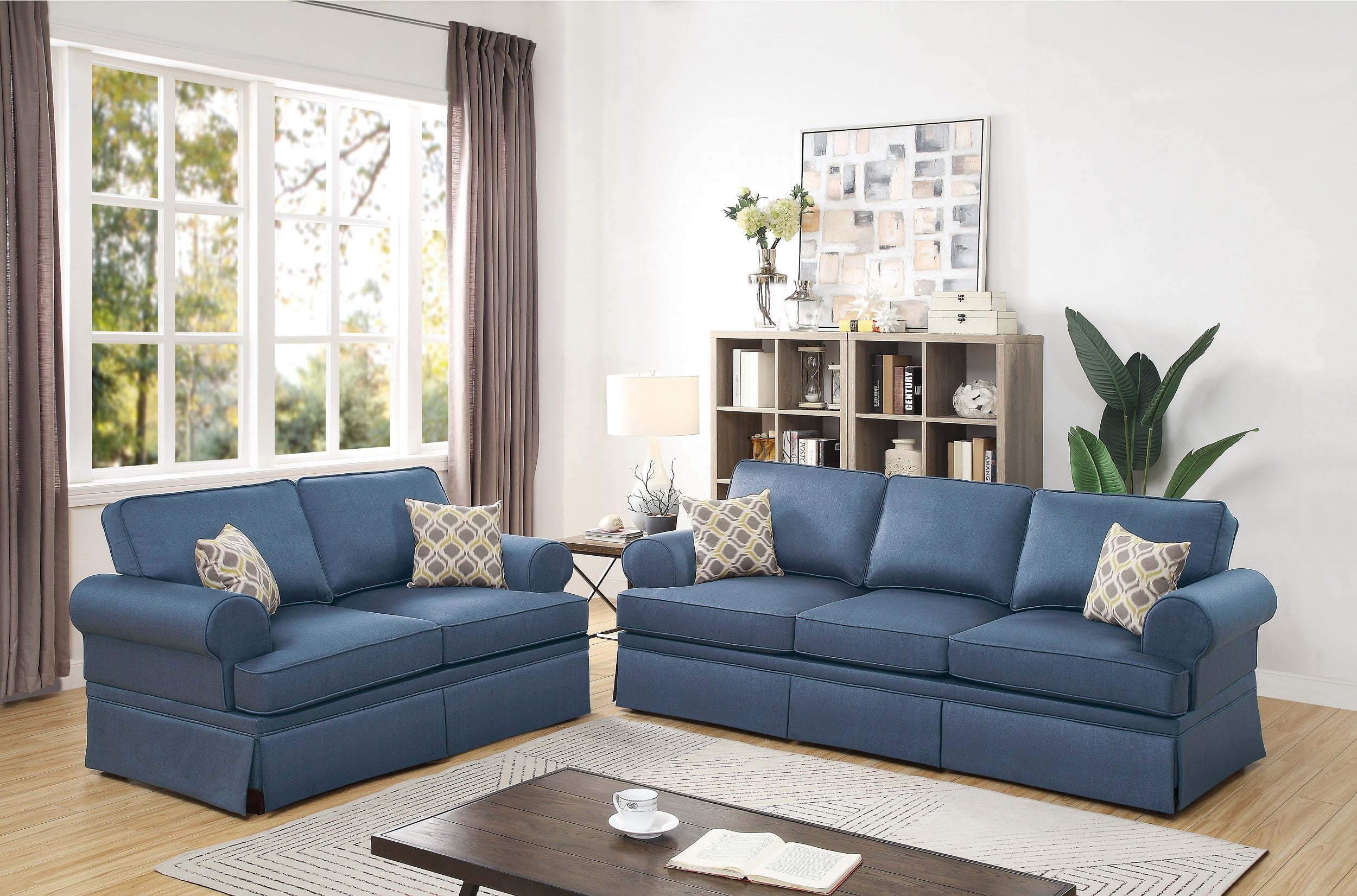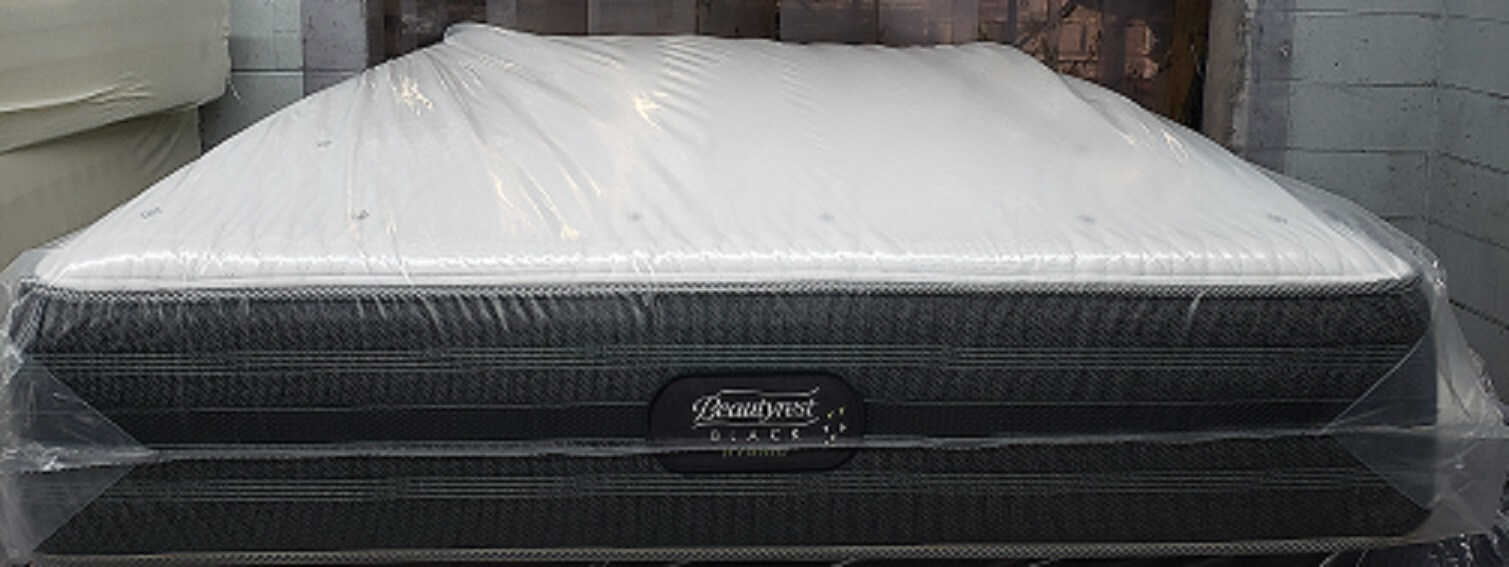Living in India, we are all too familiar with the sweltering heat and humidity that comes with summers. It's almost impossible to survive without an air conditioner, especially in the living room where we spend most of our time with family and friends. With so many options available in the market, it can be overwhelming to choose the right air conditioner for your living room. But worry not, we have curated a list of the top 10 air conditioners in India that will not only keep you cool but also add style to your living space. Air Conditioners: Beat the Heat in Style
When it comes to buying an air conditioner for your living room, there are a few factors to consider such as cooling capacity, energy efficiency, noise levels, and of course, the aesthetics. Our top 10 list includes air conditioners that are not only reliable and efficient but also look great in any living room. So without further ado, let's dive into the best air conditioners for your living room in India. The Perfect Fit for Your Living Room
1. LG Dual Inverter Split Air Conditioner: This air conditioner from LG is not only energy efficient but also equipped with a dual inverter compressor that provides faster cooling and quieter operation. With its sleek and modern design, it will add a touch of elegance to your living room. 2. Samsung 5-Star Inverter Split Air Conditioner: With a 5-star energy rating, this air conditioner from Samsung is not only pocket-friendly but also eco-friendly. Its unique triangular design not only looks stylish but also ensures faster and more efficient cooling. 3. Voltas 1.5 Ton Window Air Conditioner: If you prefer window air conditioners, then this one from Voltas is a great option for your living room. With its high cooling capacity and energy efficiency, it is perfect for large living spaces. 4. Blue Star 3-Star Split Air Conditioner: This air conditioner from Blue Star comes with a 3-star energy rating and a precision cooling feature, making it ideal for the hot and humid Indian summers. Its sleek design and silent operation make it a popular choice for living rooms. 5. Whirlpool Inverter Split Air Conditioner: With its advanced inverter technology, this air conditioner from Whirlpool ensures efficient cooling and low energy consumption. Its elegant design and noiseless operation make it a great addition to any living room. Best Air Conditioners in India for Your Living Room
6. Godrej 1.5 Ton Split Air Conditioner: This budget-friendly air conditioner from Godrej comes with a 3-star energy rating and a copper condenser for faster cooling. Its compact design and low noise levels make it a popular choice for small living rooms. 7. Haier 1 Ton Inverter Split Air Conditioner: This air conditioner from Haier is not only affordable but also equipped with an inverter compressor for energy-efficient cooling. Its sleek and modern design makes it a great fit for any living room. 8. Carrier 1.5 Ton Window Air Conditioner: Another great option for window air conditioners, this one from Carrier comes with a 5-star energy rating and a powerful cooling capacity. Its compact design and affordable price make it a popular choice for living rooms. Affordable Options for Your Living Room
9. Hitachi 1.5 Ton Inverter Split Air Conditioner: This air conditioner from Hitachi is not only energy efficient but also equipped with a powerful inverter compressor for faster cooling. Its sleek and stylish design will add a touch of sophistication to your living room. 10. Daikin 1.5 Ton Split Air Conditioner: This energy-efficient air conditioner from Daikin comes with a 5-star energy rating and a precision cooling feature. Its compact and modern design makes it a great choice for small living rooms. Energy Efficient Choices for Your Living Room
Choosing the right air conditioner for your living room can make all the difference in the scorching Indian summers. Our top 10 picks include a variety of options to suit your budget, energy efficiency needs, and design preferences. So go ahead and beat the heat in style with these top air conditioners for living rooms in India. Conclusion
The Importance of Air Conditioners in Living Rooms in India

Creating a Comfortable Living Space
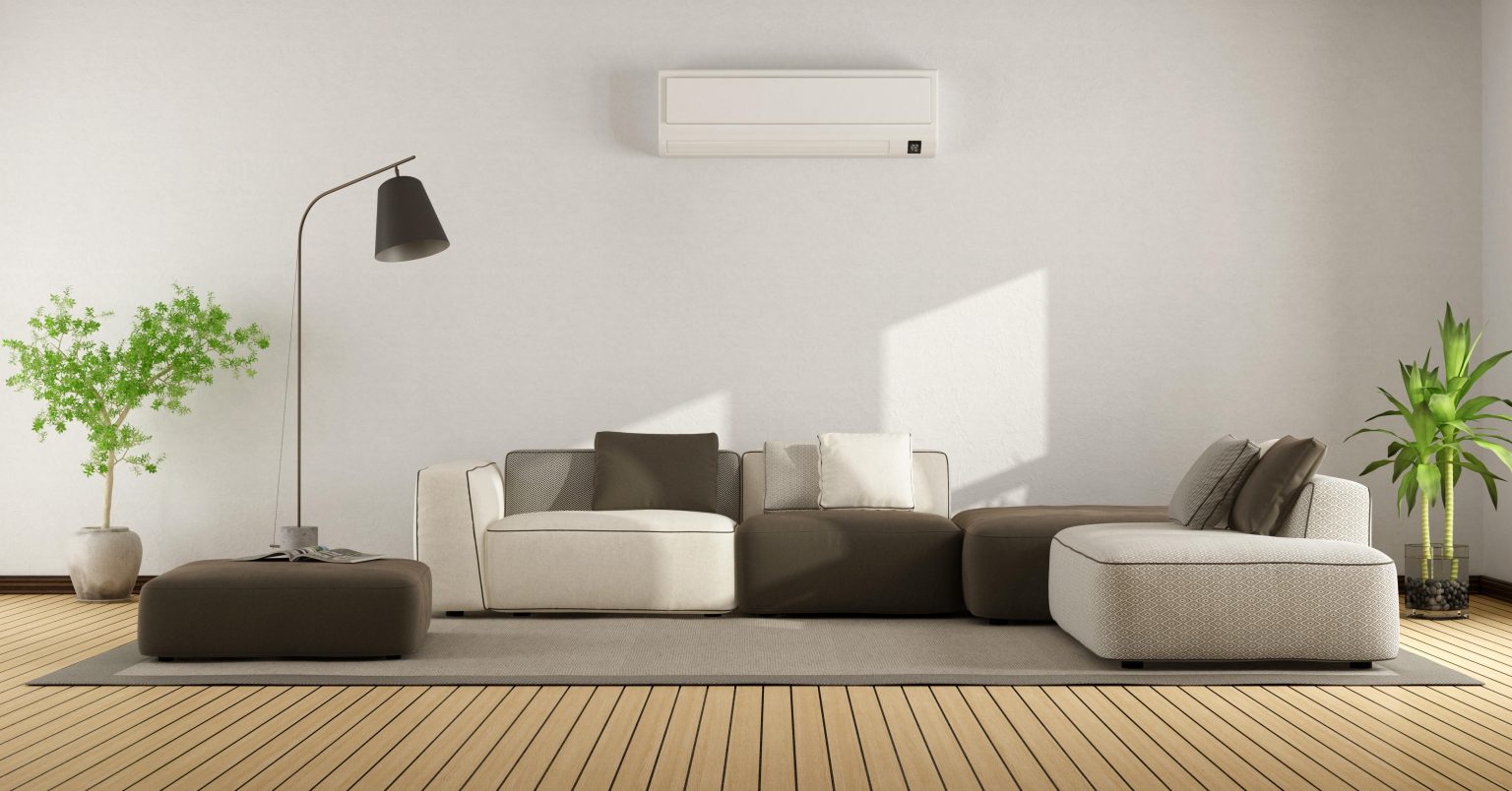 Living in India can be a beautiful and enriching experience, but it also comes with its own set of challenges. One of the main challenges faced by homeowners is the extreme heat and humidity during the summer months. This is where
air conditioners
come into play, providing a much-needed respite from the sweltering temperatures.
Living in India can be a beautiful and enriching experience, but it also comes with its own set of challenges. One of the main challenges faced by homeowners is the extreme heat and humidity during the summer months. This is where
air conditioners
come into play, providing a much-needed respite from the sweltering temperatures.
Efficient Cooling
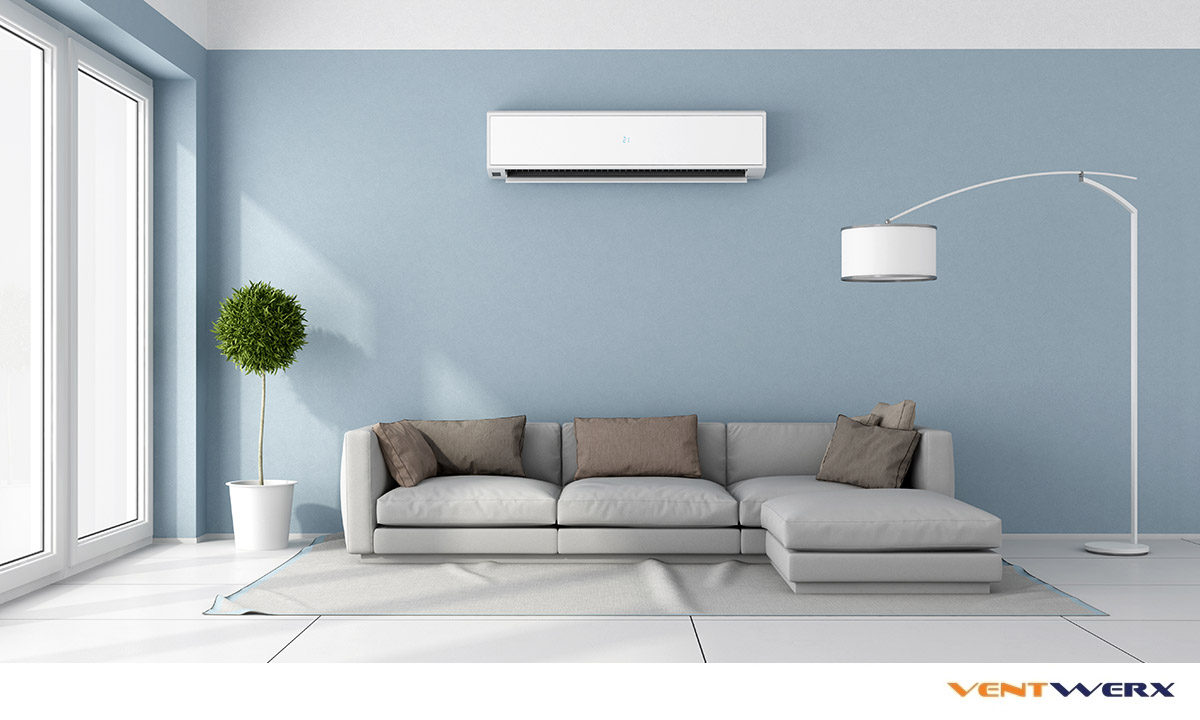 India is a country that experiences a tropical climate, with temperatures soaring up to 45 degrees Celsius in some regions. This makes it almost impossible to stay indoors without some form of cooling.
Air conditioners
in the living room not only provide relief from the heat, but they also help maintain a comfortable indoor temperature, making it easier to go about your daily activities.
India is a country that experiences a tropical climate, with temperatures soaring up to 45 degrees Celsius in some regions. This makes it almost impossible to stay indoors without some form of cooling.
Air conditioners
in the living room not only provide relief from the heat, but they also help maintain a comfortable indoor temperature, making it easier to go about your daily activities.
Improving Indoor Air Quality
 Apart from cooling the room, air conditioners also play a crucial role in improving the overall air quality indoors. With pollution levels on the rise, especially in urban areas,
air conditioners
come equipped with filters that can trap dust, pollen, and other pollutants, providing clean and fresh air inside your home.
Apart from cooling the room, air conditioners also play a crucial role in improving the overall air quality indoors. With pollution levels on the rise, especially in urban areas,
air conditioners
come equipped with filters that can trap dust, pollen, and other pollutants, providing clean and fresh air inside your home.
Enhancing Home Decor
 In addition to the practical benefits,
air conditioners
also add to the aesthetic appeal of your home. With advancements in technology, air conditioners now come in sleek and modern designs, blending seamlessly with your home decor. This not only adds to the overall look of your living room but also increases the value of your home.
In addition to the practical benefits,
air conditioners
also add to the aesthetic appeal of your home. With advancements in technology, air conditioners now come in sleek and modern designs, blending seamlessly with your home decor. This not only adds to the overall look of your living room but also increases the value of your home.
Conclusion
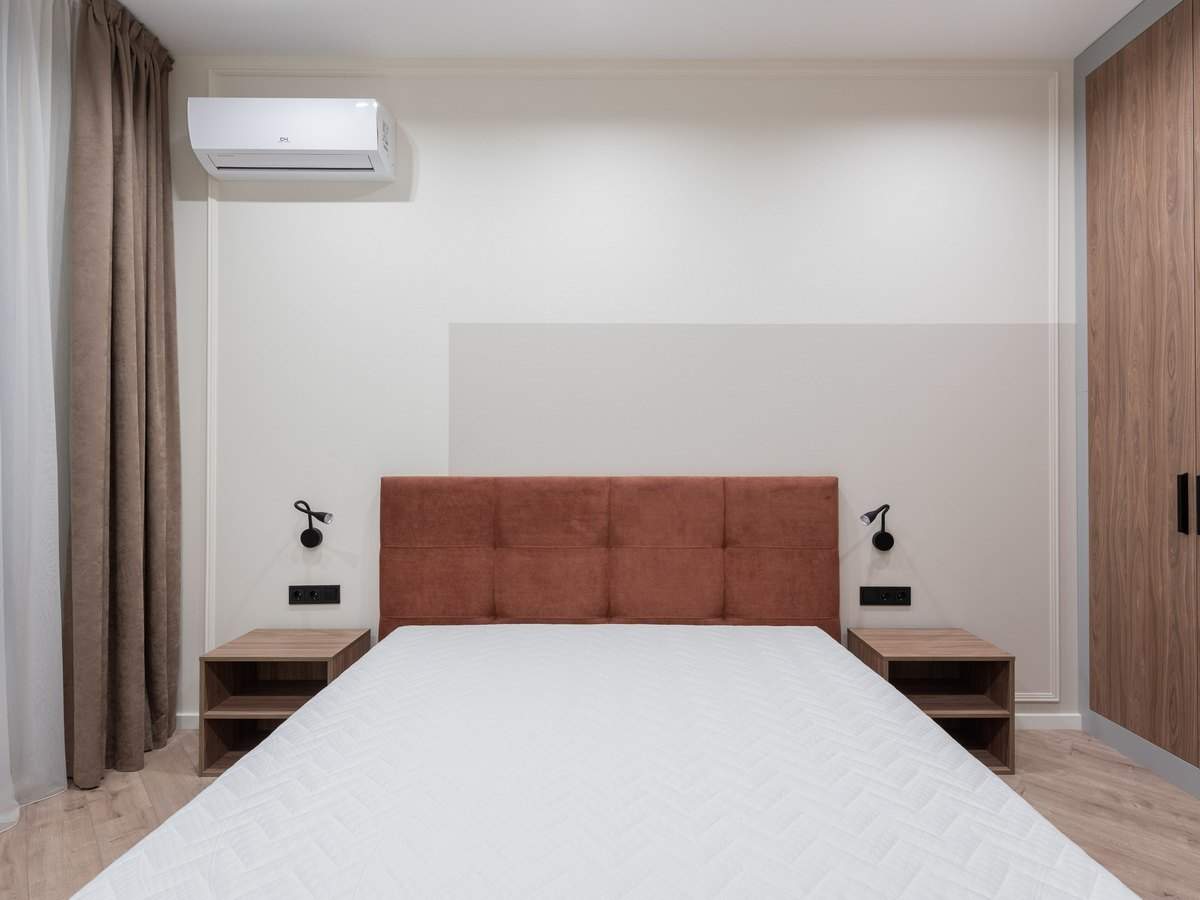 In conclusion, having an
air conditioner
in the living room is a necessity for homeowners in India. It not only provides relief from the heat but also improves the overall living experience. With the variety of options available in the market today, it is essential to choose an
air conditioner
that suits your needs and budget. So, if you haven't already, invest in an
air conditioner
for your living room and enjoy a cool and comfortable living space throughout the year.
In conclusion, having an
air conditioner
in the living room is a necessity for homeowners in India. It not only provides relief from the heat but also improves the overall living experience. With the variety of options available in the market today, it is essential to choose an
air conditioner
that suits your needs and budget. So, if you haven't already, invest in an
air conditioner
for your living room and enjoy a cool and comfortable living space throughout the year.




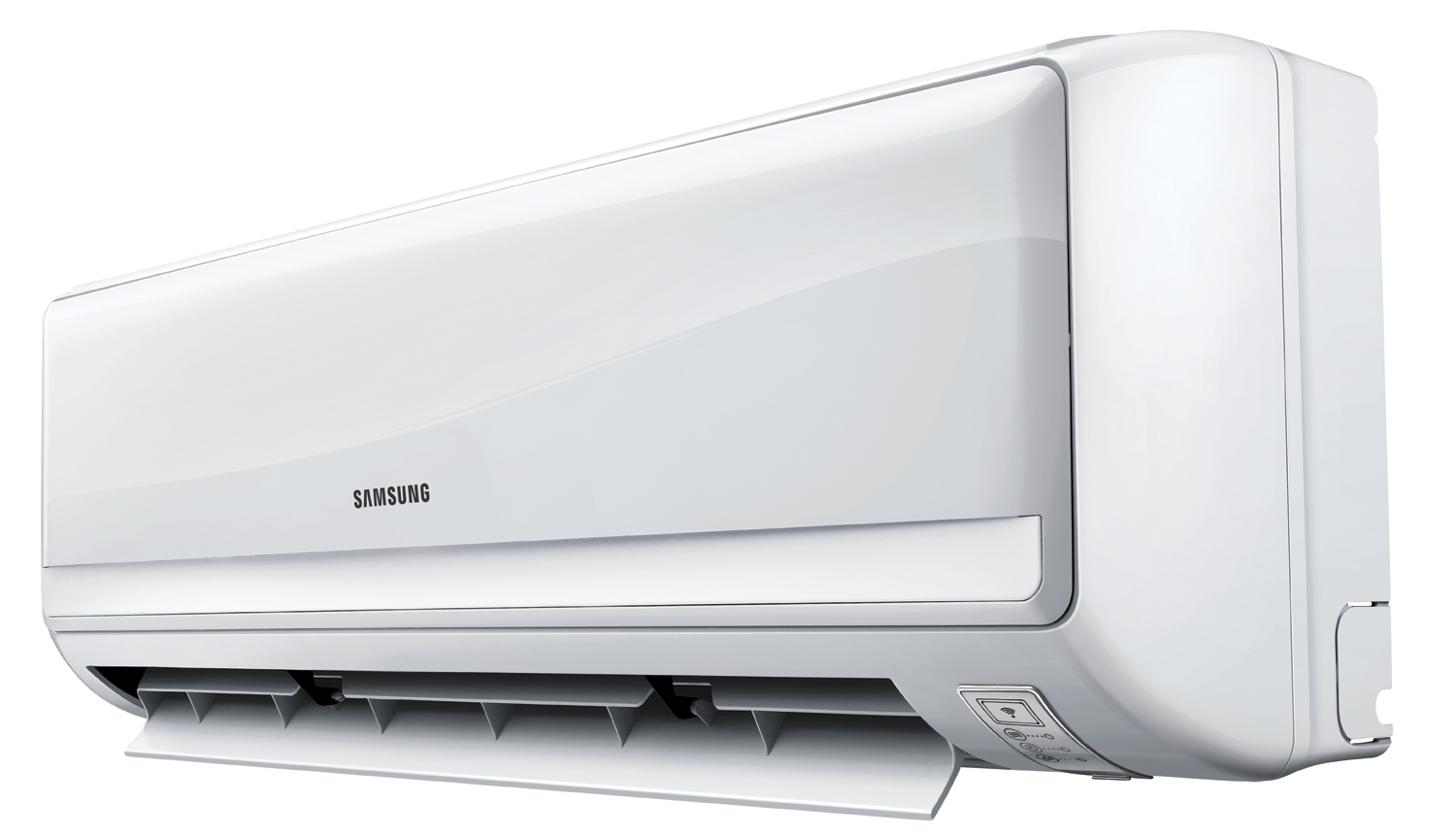
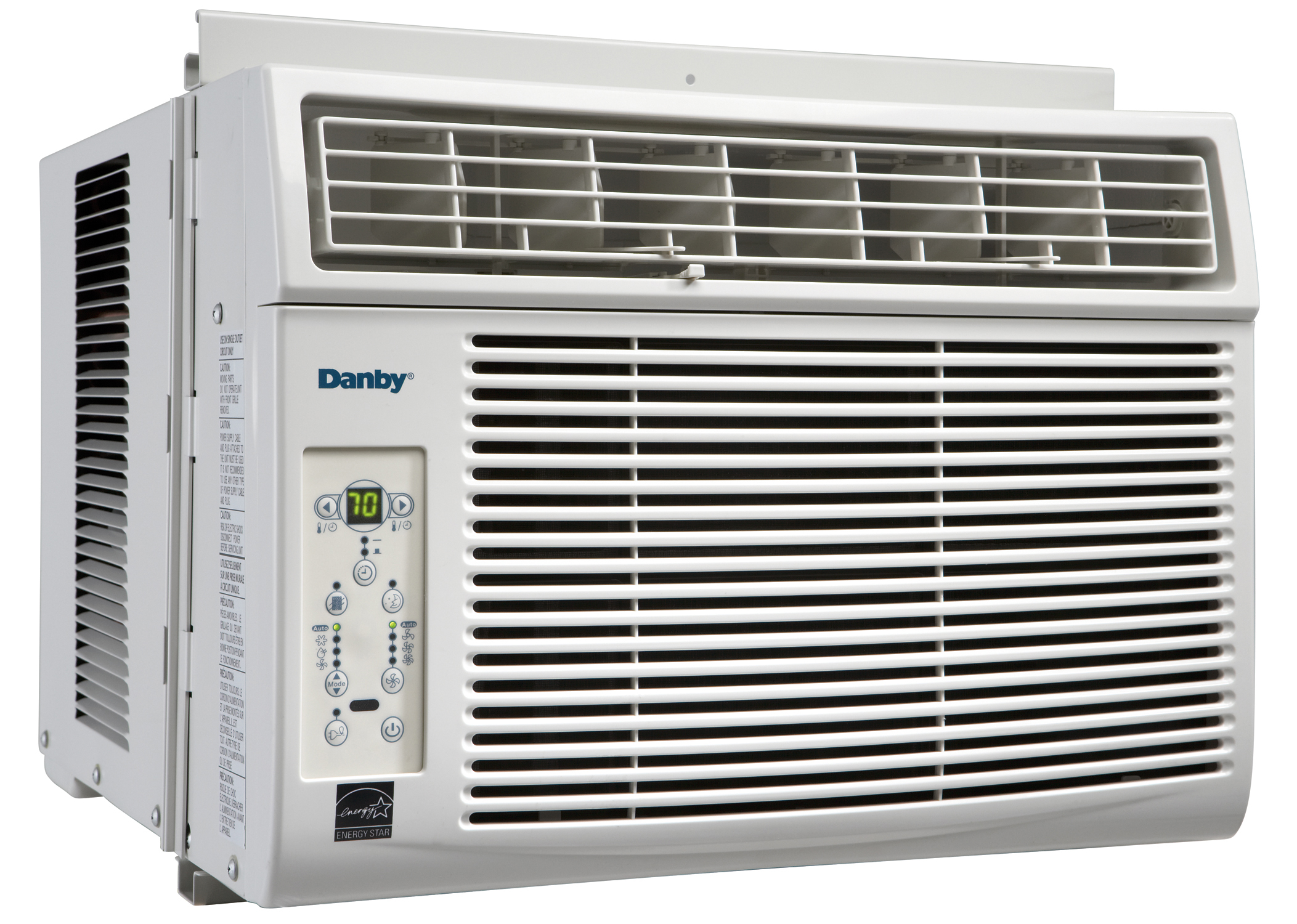
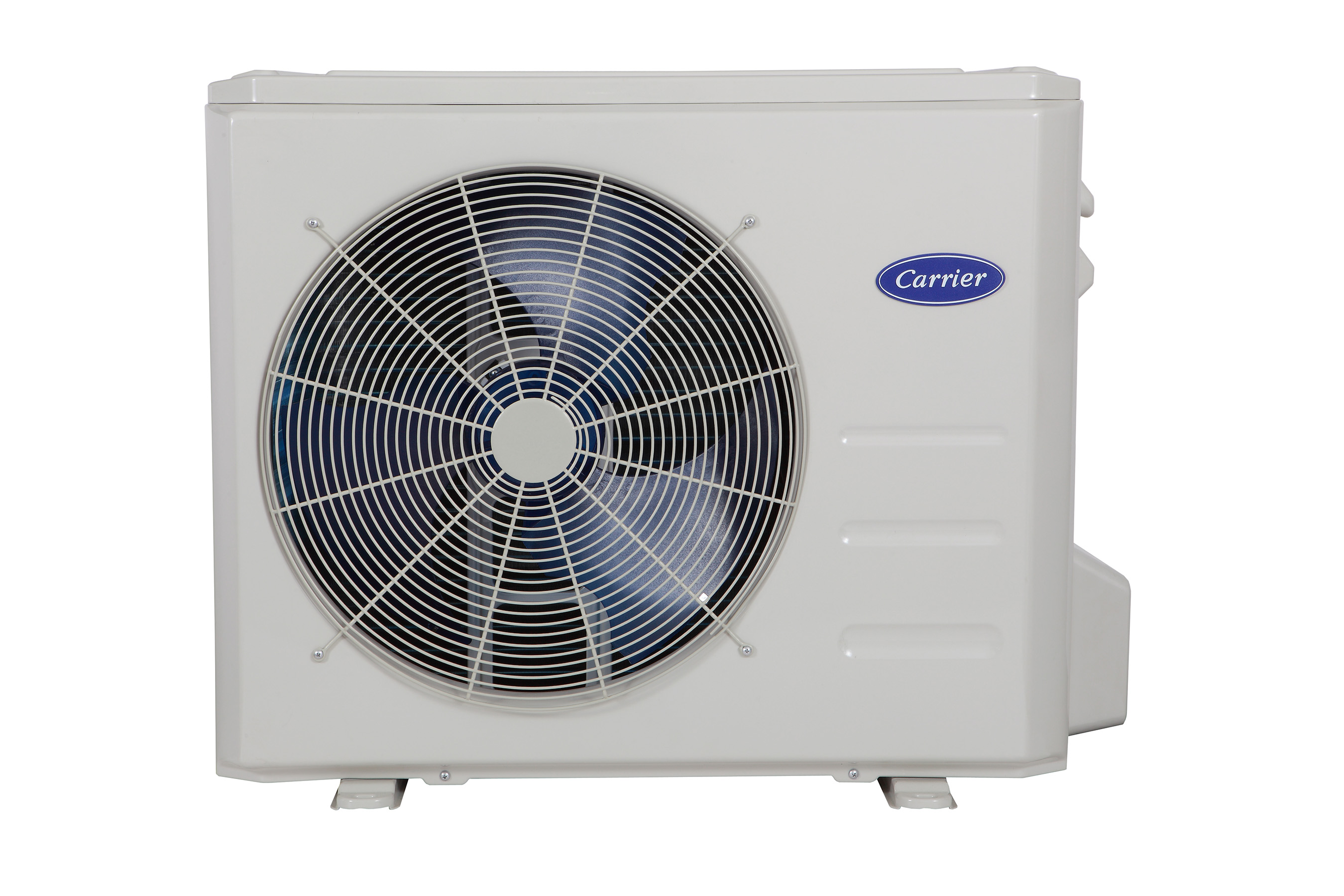

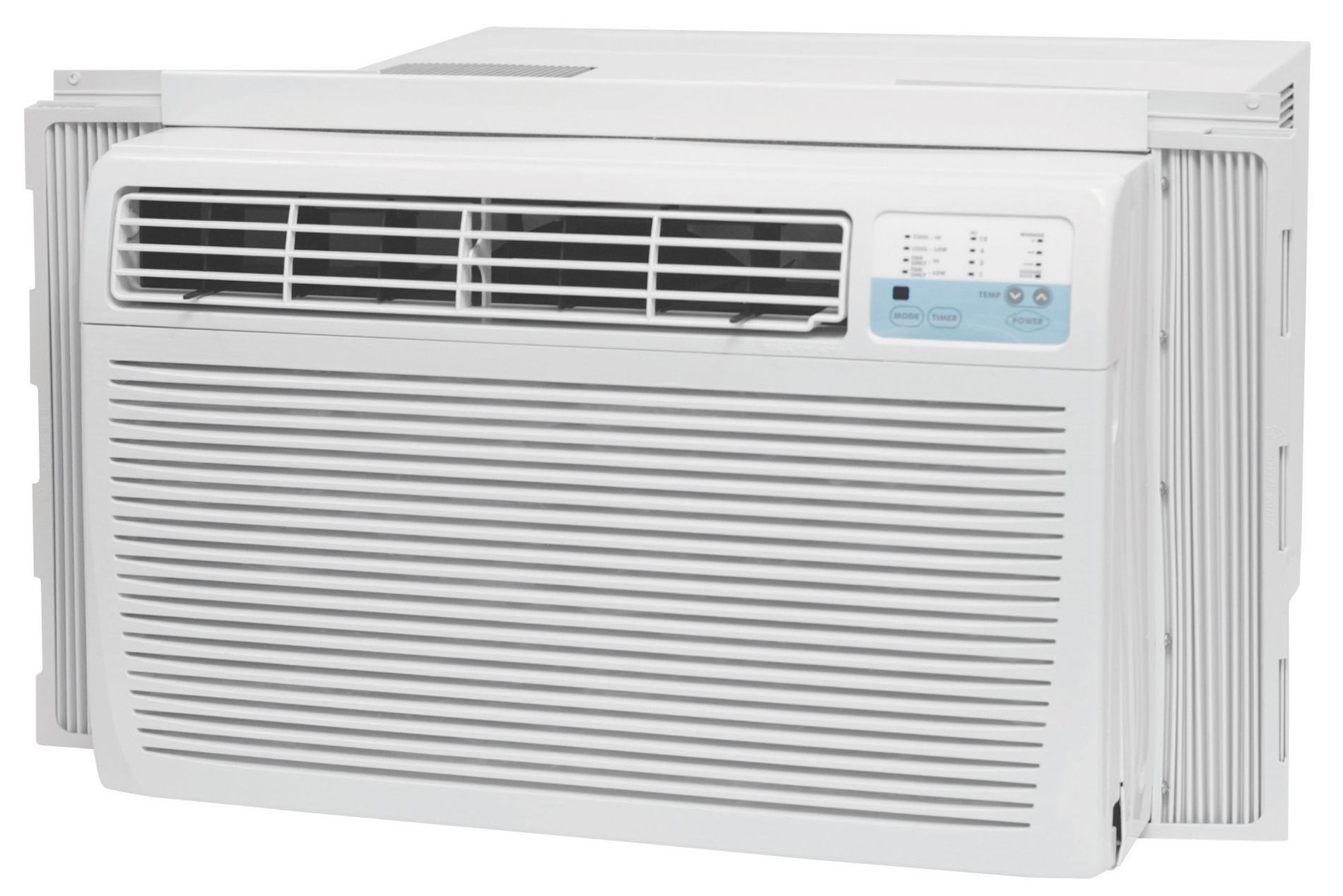





/GettyImages-9261821821-5c69c1b7c9e77c0001675a49.jpg)

:max_bytes(150000):strip_icc()/Chuck-Schmidt-Getty-Images-56a5ae785f9b58b7d0ddfaf8.jpg)






